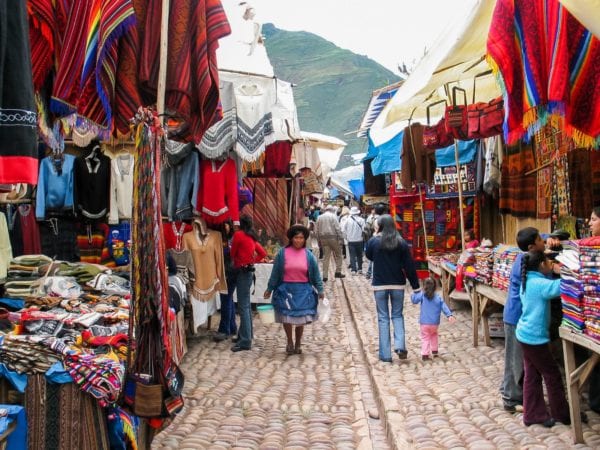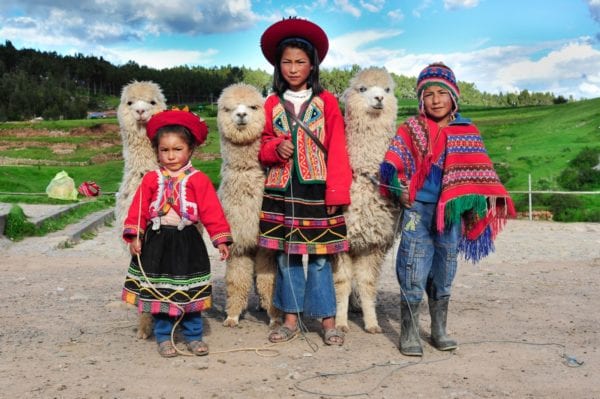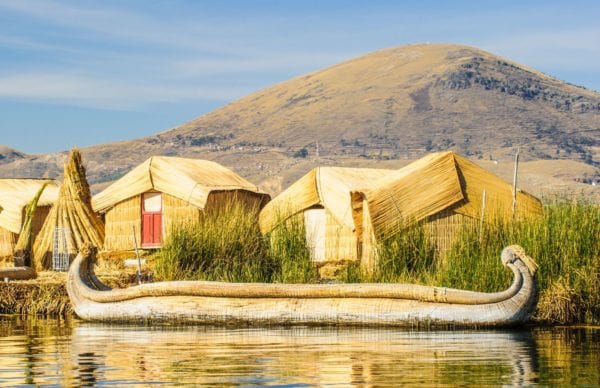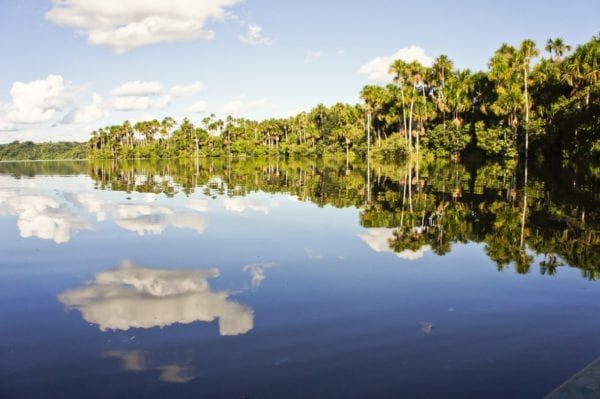About The Galapagos Islands
When it comes to wildlife, no place on Earth can compare to the Galapagos Islands. Playful sea lion pups, lumbering giant tortoises and a vast array of endemic species are nestled among white, black and red sand beaches, turquoise waters, volcanic craters, lava flows. The natural beauty of these islands will excite your eyes, delight the camera, and leave you breathless.
Your days will be spent swimming with a plethora of marine life from bright colorful fish to marine iguanas, gentle sharks, sea turtles, and if lucky a curious sea lion! Above the water activities include hiking across hardened lava flows while observing a multitude of bird species, taking leisurely strolls along white and black sand beaches along stunning turquoise waters, and entering lush green jungles in search of the giant tortoise. Ride a bicycle through the highlands, kayak with penguins, and finish your trip with an educational visit to the Charles Darwin Research Station.
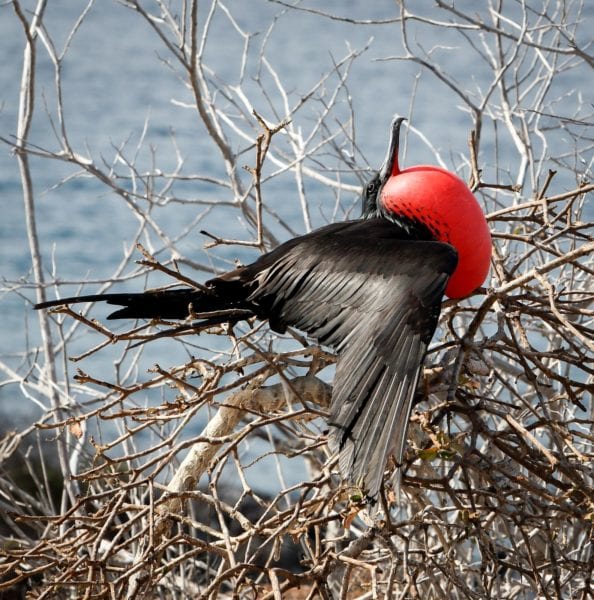
Photo by AussieActive Unsplash
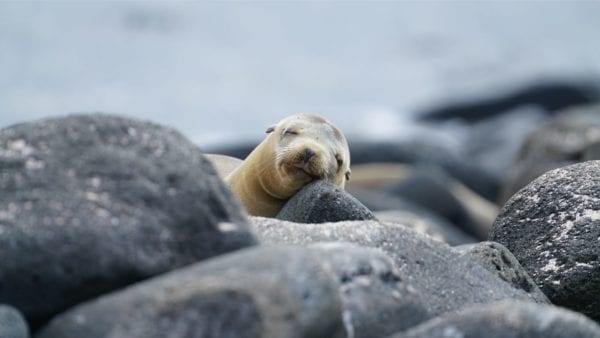
Photo by Mac Gaither on Unsplash
Far-flung off the west coast of Ecuador, South America and only accessible by aircraft, these islands are so remote that many of the 3,000 bird species and over 300 mammals found here are found exclusively on these islands and nowhere else worldwide. Charles Darwin made the Galapagos famous by producing his Theory Of Evolution here, which speaks to the high level of diversity. In addition, the islands and wildlife are so well protected that the animals are not afraid of humans, meaning surprisingly close wildlife interactions and excellent opportunities for beautiful wildlife photography.
So, which of the 19 islands and more than 40 islets should you visit? Here are our top things to do, and where to find them.
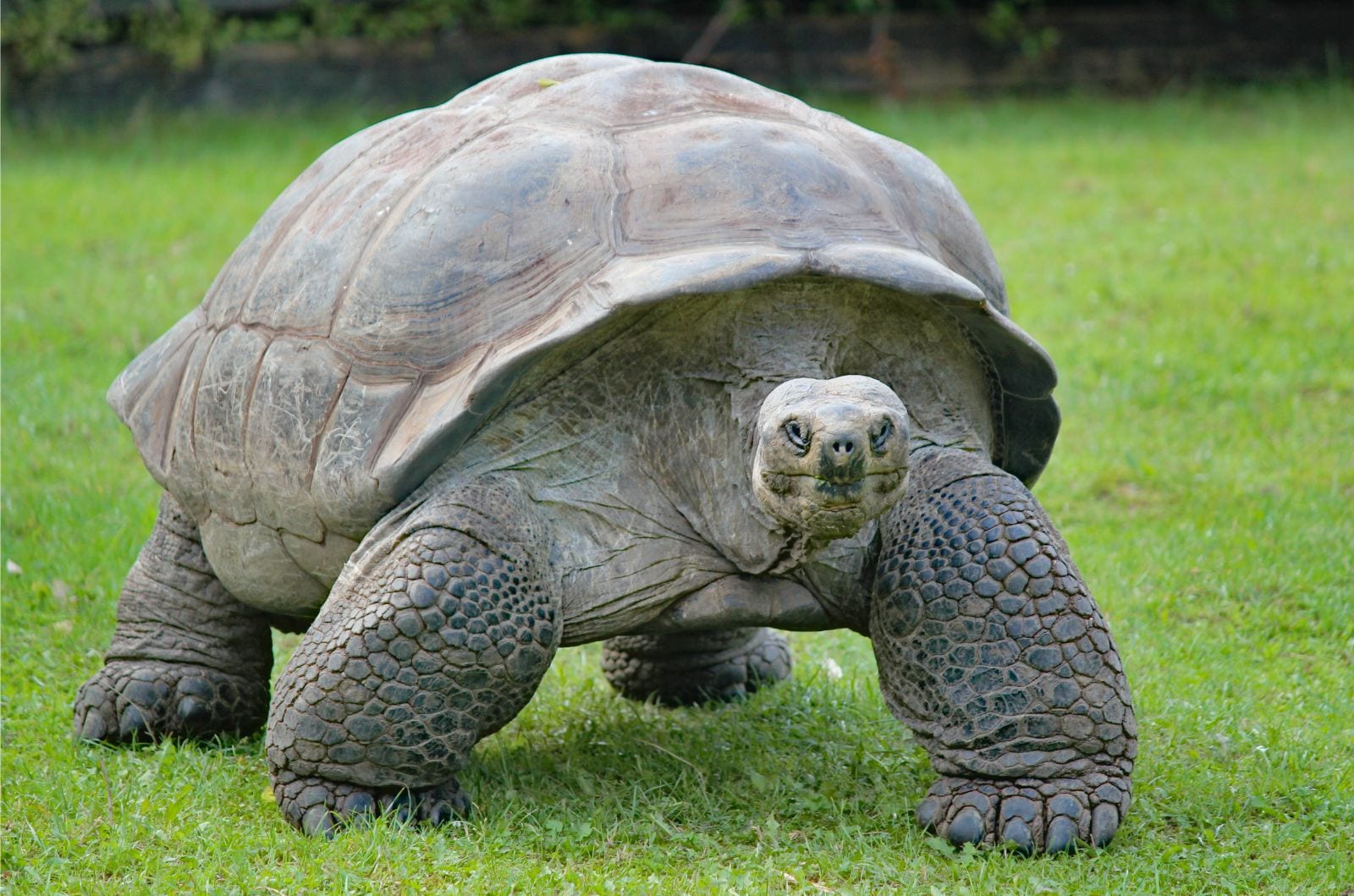
The Gentle Giant Tortoise
Weighing up to 550lbs (250kg) and living to over 100 years old, these mellow giants are on the top of many bucket lists. Increasingly rare, the giant tortoise once numbered over 200,000 before human interference. Now an estimated 20,000 remain in the wild, with conservation efforts in place to regenerate dwindling numbers. The shape of their shell can vary from island to island, and this creature gave way for the name of the entire archipelago: Galapago means tortoise in Spanish.
Where do I find them?
The best place to see these giants up close is on the island of Santa Cruz; you’ll take a 4×4 to the lush green highlands to see them in their natural habitat and learn what is being done to protect them. All itineraries will include a visit to see the giant tortoise.
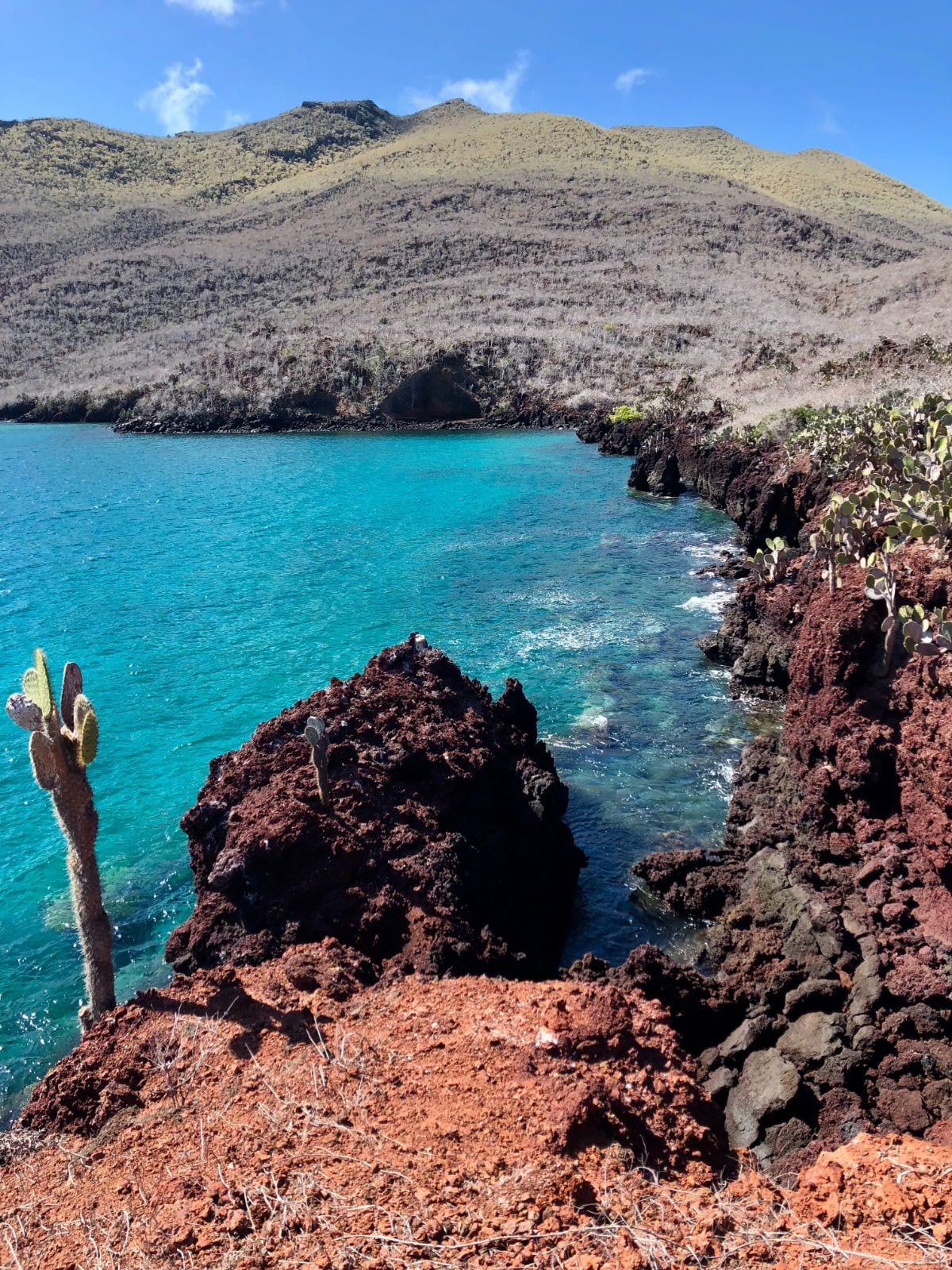
Stunning Beaches, Incredible Landscapes
White sand, black sand and red sand beaches; some fringed by verdant landscapes, others splattered with cacti or smothered by hardened black volcanic lava flows for centuries. Beaches are hugged by crystal clear, azure waters. All of this and more makes for a landscape photographers’ paradise.
How to get there?
All itineraries will include some of the most stunning white and black sand beaches the Galapagos has on offer, along with the opportunity to walk across hardened lava flows. Red sand beaches are a little more unusual, we recommend Rabida Island off the coast of Santiago Island, frequented on Northern circuit itineraries.

Observe Playful (or Lazy) Sea Lions
Another prevalent favorite; adults are usually found lazing on the beach, snoozing in packs of 3 or 4. Overlapping fins to resemble hand-holding will melt many a heart. Curious and boisterous pups clumsily run the beach following mum, and quite often, humans too. Most births occur from October to November, however on some islands the pups can be found almost year-round. Weighing between 165-440lbs, sea lions are excellent divers reaching depths of up to 1,900ft! Be prepared for great photographic opportunities, sea lions have perfected posing for the camera. Remember: look but don’t touch. A mother will abandon her baby at the first scent of a human.
Where do I find them?
Most islands have large colonies of sea lions, and your guide knows every bay and islet that they call home. You’ll have several opportunities to witness the humorous nature of these adorable creatures.
Kicker Rock
Famous as one of the top snorkeling spots among the archipelago, dive in with your mask and fins to explore a rich diversity of marine life. We’ve spotted Galapagos sharks, eagle rays, jellyfish, bright colorful fish, turtles and even a playful sea lion or two.
How do I get here?
All itineraries visiting the Central and Southern routes will include a stop to Kicker Rock.
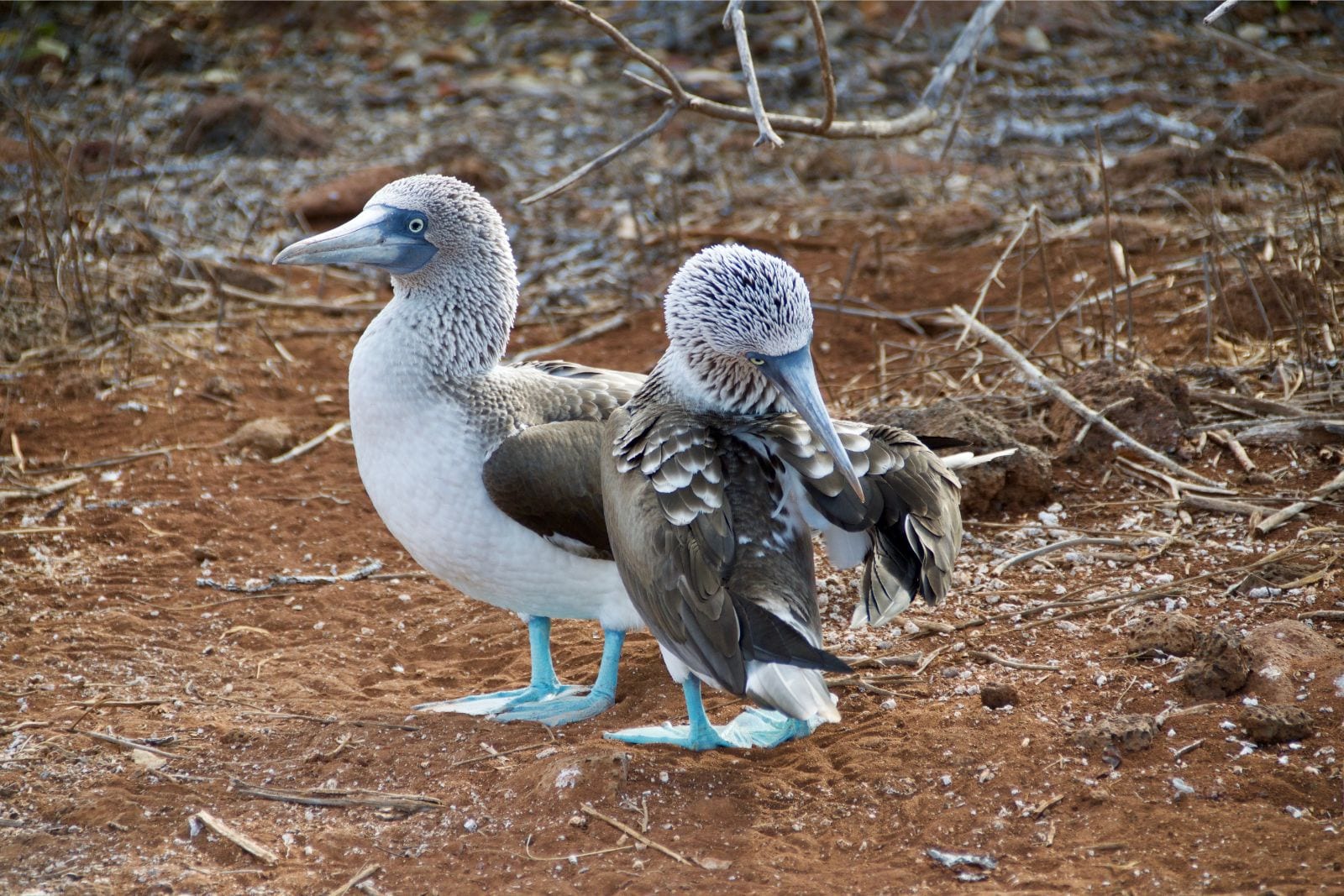
Blue Footed Booby
Adorable blue feet, waddling walk, plunging into the water to catch fish, or huddling in large communal groups while chatting loudly, these are unique creatures you’ll not find elsewhere worldwide outside Ecuador, Peru and parts of Mexico. Males use their bright blue feet to attract females; the shade of blue is an indication of how well a male is feeding himself. The most attractive feet are those of a turquoise shade, rather than cobalt. Other species include the red-footed booby and the Nasca booby.
Where do I find them?
Most commonly found on Española and North Seymour, however, all itineraries will have an opportunity to see the boobies up close. Some will include a visit to nesting colonies.
Charles Darwin Research Station
A fitting way to end your journey through the islands is to learn about each species at this iconic national park site where over 200 scientists and volunteers are involved with research and conservation efforts, including a captive breeding program for giant tortoises.
How do I get here?
All itineraries will include a stop here.
That Postcard Picture View
Bartholomew Island, that iconic picture looking down over Pinnacle Rock across the turquoise water. The island is volcanic, with lava and craters dotting the landscape. The hike to the summit takes an hour or so and is well worth the sweat.
How do I get here?
Bartholomew Island is frequented on Northern circuit itineraries.
When to go?
Wildlife viewing in the Galapagos is incredible year-round. October through May is the recommended time to travel; while it is the wet season with some afternoon showers, you’ll have lovely warm days, warmer ocean temperatures and smoother cruising. June through September is the cool dry season; with cooler ocean temperatures, bumpier seas, and occasional overcast skies. Temperatures on land stay at a consistent 75-90 degrees Fahrenheit year-round.
Beyond the Islands
The Galapagos combines well with the both the Ecuadorian mainland and Peru. On the Ecuadorian mainland, picturesque scenery with Andean mountains and volcanoes will be your backdrop. Discover colonial Spanish towns filled with funky bars, eateries and gorgeous churches. Explore markets in search of colorful and intricately woven textiles and handicrafts. In Peru, journey to Machu Picchu by foot or luxury train, meander the cobbled alleyways of historic Cusco, sail across Lake Titicaca to meet villagers living on floating reed islands, or indulge in Lima’s foodie culture. Both Ecuador and Peru claim parts of the Amazon jungle, where you’ll find rare wildlife and secluded civilizations.
With so many experiences on offer in this diverse and remote region, our expert Travel Designers are here to provide guidance and design you the perfect itinerary.
